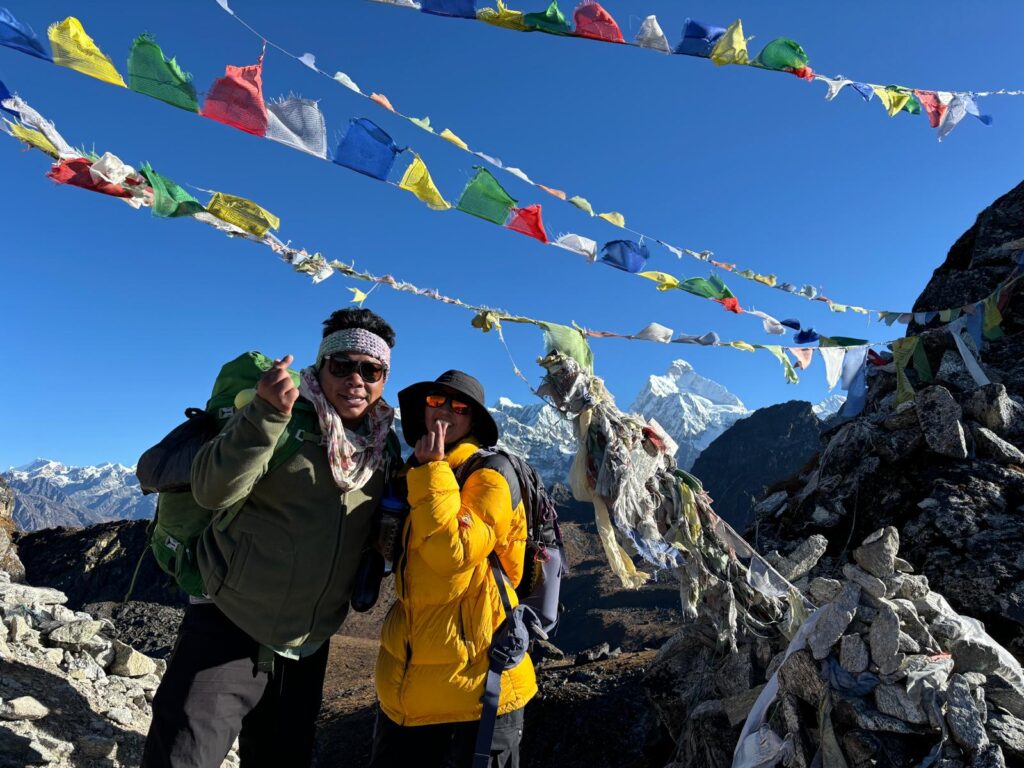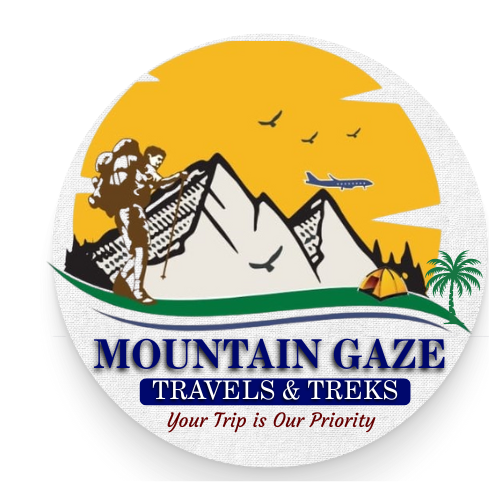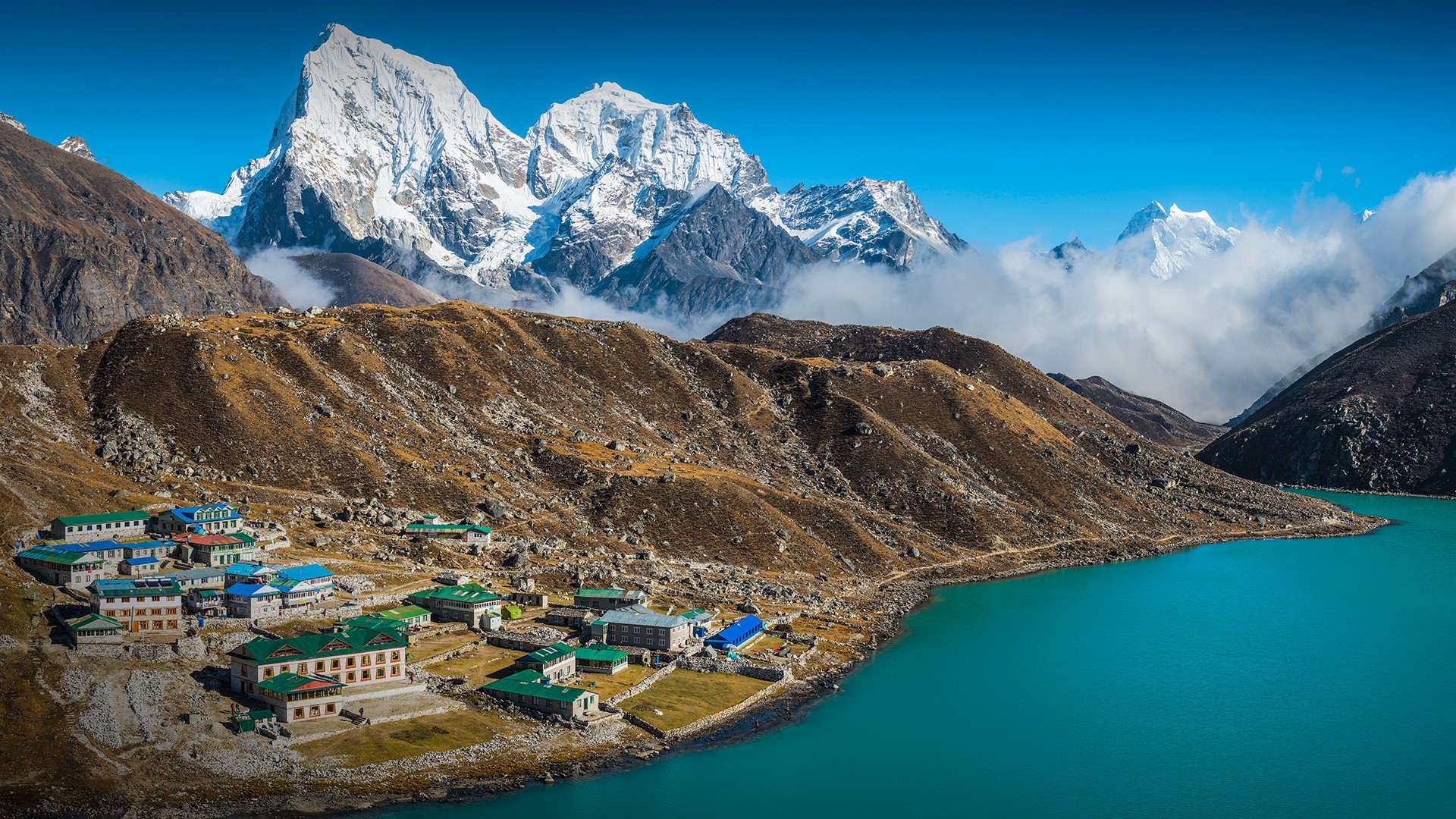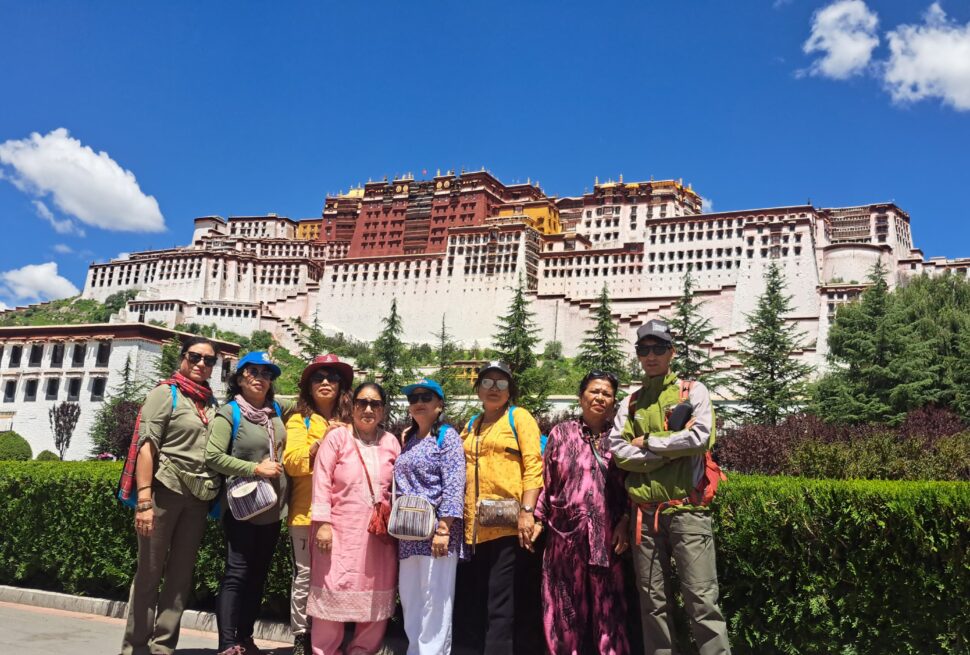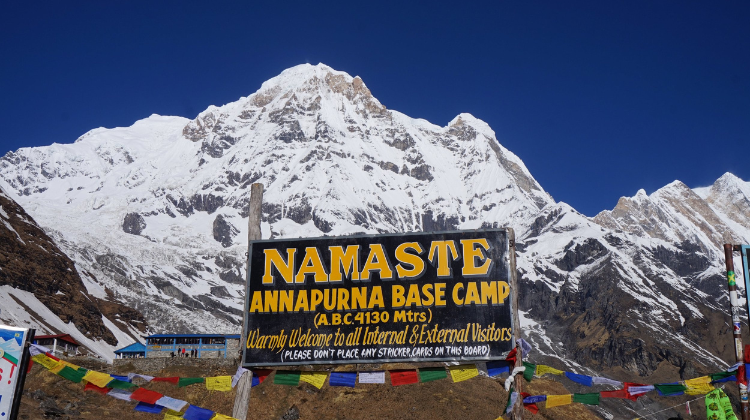Trekking in Nepal is a once-in-a-lifetime experience that offers breathtaking landscapes, diverse culture, and friendly people. However, trekking in the Himalayas can also be challenging and requires proper planning and preparation to ensure a safe and enjoyable trip. In this guide, we will provide tips and tricks to help you make the most of your trekking experience in Nepal.
First and foremost, it is important to choose a reputable trekking agency or guide. They can assist you with logistics such as obtaining permits, arranging transportation, and booking accommodations. They can also provide valuable information on the local culture and customs, as well as assist you with any medical or emergency situations that may arise.
Next, it is important to have the right gear and equipment for your trek. This includes items such as a good quality backpack, comfortable hiking boots, warm clothing, and a sleeping bag. It is also a good idea to invest in some basic first aid supplies and a high altitude medicine kit.
When planning your trek, it is important to be aware of the risks associated with altitude sickness. Symptoms of altitude sickness include headache, nausea, fatigue, and shortness of breath. To prevent altitude sickness, it is important to acclimatize properly, to drink plenty of water, and to avoid alcohol and smoking.
Another important aspect of trekking in Nepal is being mindful of the local communities and economy. Many rural communities in Nepal rely heavily on tourism for their livelihood, and by choosing to trek with a local guide or agency, you can help support these communities. Additionally, it is important to be respectful of local customs and traditions, and to be conscious of the environmental impact of your trek.
It is also a good idea to consider the time of year that you plan to trek. The best time to trek in Nepal varies depending on the specific trek that you choose, but generally, the best time to trek in Nepal is between September and November, and March to May. The weather is usually clear and dry during these months, providing the best conditions for trekking.
Finally, it is important to remember that trekking in Nepal can be physically demanding and requires a good level of fitness. It is important to prepare yourself physically before embarking on a trek, by doing regular exercise and building up your stamina.
In conclusion, trekking in Nepal offers a unique and unparalleled experience, with its diverse landscapes, rich culture, and friendly people. With proper planning and preparation, you can make the most of your trek and create memories that will last a lifetime. It is also important to keep in mind the ways in which we can support local communities and minimize our environmental impact while trekking.
